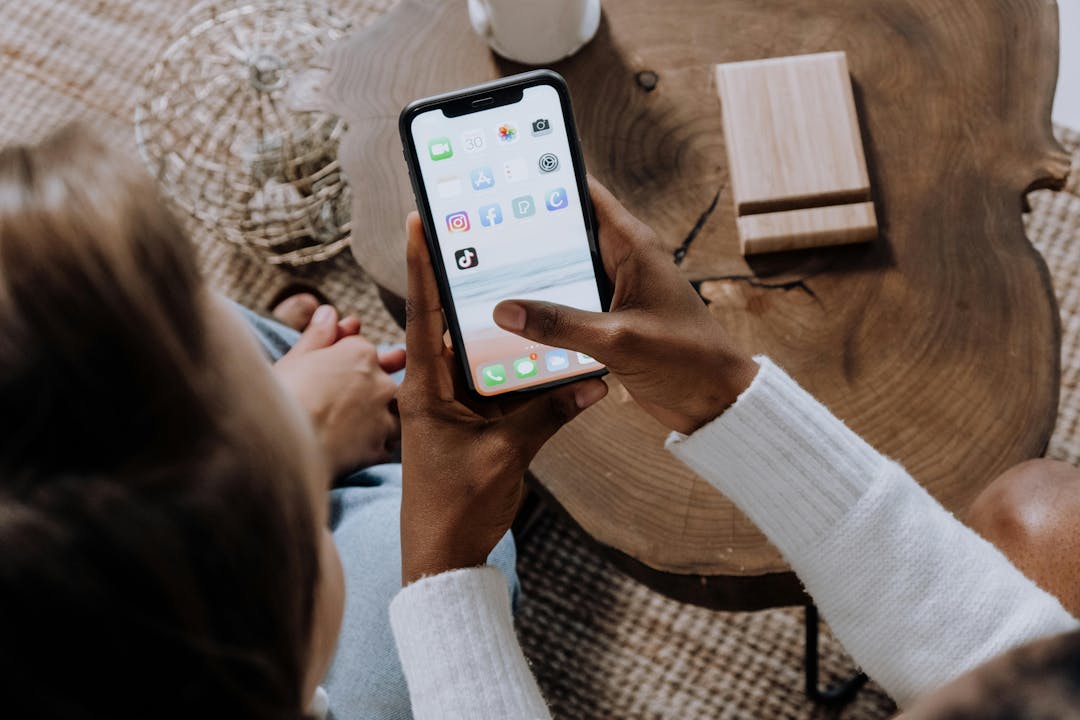Unitasking: How to Get More Done in Less Time
""Open new tab. Check inbox. Respond to emails. Switch to Facebook. Scroll down mindlessly. Open new tab. Time to get some work done. Take down some quick notes. Text. Repeat. Take a look at the to-do list…gasp.""
Have you ever found yourself falling into this overwhelmingly effort-consuming task series? Once perceived as an elusive virtue, multitasking, the act of dealing with more than one task at the same time, has now been shown to adversely impact brain regions responsible for higher cognitive abilities and informational processing, as discussed below. It often slows us down and increases the number of errors we make, all while simultaneously giving us a false sense of productivity. [1],[2]
The dopamine highs from rapidly switching from one task to another establish neural feedback loops that are hard to overwrite. Experience tells us that traditional solutions like checking emails only 3 times a day or turning off mobile phone notifications are nearly impossible to adapt to for the long term. Instead, ‘unitasking’ — focusing on one task at a time by using techniques like clumping similar tasks together, blocking out distractions, and designating relaxation time — may prove to be the healthier way out of this inevitable trap.
Behavioral Science, Democratized
We make 35,000 decisions each day, often in environments that aren’t conducive to making sound choices.
At TDL, we work with organizations in the public and private sectors—from new startups, to governments, to established players like the Gates Foundation—to debias decision-making and create better outcomes for everyone.
What does the science say?
A study conducted by researchers at the University of Sussex aimed at understanding the neural processes underlying brain structure alterations caused by multitasking. [3] Participants reported how many hours they spent per week using 12 common types of media (print media, television, computer-based video, music, voice calls, SMS, emailing, web-surfing etc.). fMRI and VBM analyses reported a significant negative association between media multitasking index scores and gray matter density in the anterior cingulate cortex, a brain region responsible for higher cognitive and motivational/emotional processes. While this research is, of course, not conclusive, and was unable to establish causality between multitasking and damage to the brain, it highlights the need for further research on how this ubiquitous behavior might impact not just our productivity, but our mental and physical well-being.
Another piece of research conducted at Stanford University studied how participants performed on memory tests. [4] Participants were split into “heavy vs. light media multitaskers” based on their responses to the mean number of media consumed while consuming other media. High media multitaskers were found to be less likely to filter irrelevant information, showing a bias for exploratory instead of exploitative information processing. They were less selective in allowing information into their working memory and thus, were more affected by distractors and performed worse on task-switching tests.
Citing evidence outside of laboratory settings, a study conducted with Microsoft employees claimed that after employees were interrupted by an email, they took 15 minutes to fully regain their train of thought — irrespective of whether or not they responded to the email! [5]
Although the dopamine kicks experienced from multitasking may make us skeptical of research denouncing the habit, our seemingly endless piles of work — despite our efforts to get many things done at once — might indicate that unitasking is a better way to work.
What exactly does unitasking entail?
Unitasking is not merely working on one task at a time. It also entails working less hard for fewer hours, removing distractions during these hours, chunking similar tasks together, and allowing yourself some breathing space.
While creating your to-do list for the day, clump together tasks that complement each other. For example, checking emails and responding to messages can fall under “respond to emails, texts, and messages”; personal research work and reading can be combined into a “personal projects” category; and meetings, gatherings, and events can share a “social” group.
Once you finish chunking, the next step is to identify time slots for uninterrupted solo-working. If you’re a student, go over your calendar and identify blocks of time that aren’t spent in class, in activity meetings or eating/sleeping. Usually, these might be early morning slots or late afternoons and evenings. Download apps like “Self Control” for your computer that block websites and distractions for specific time intervals. Because it is impossible to quit the application (as is the case for Self Control for MacBooks), you would be forced to not visit distracting websites during these pre-set time intervals. Using time splitting techniques like the Pomodoro technique, which uses a timer to break up work segments into 25 minutes followed by short breaks, can be useful too. Work through at least 20-30 minutes of uninterrupted time slots and then proceed to take a 5-10 minutes’ break. Make sure you perform tasks according to the clumping performed in step 1 (i.e. tackle “personal projects” and “social” individually). You will need to think about creating time slots accordingly as the categories you come up with may require significantly different time commitments.
The AI Governance Challenge
Finally, give yourself some breathing room by organizing your day around your task-clumps. If your meetings are usually flexible, give yourself some time to tackle them after you have managed to get through more pressing task-clumps for the day. In addition, setting a time past which you are no longer allowed to work can lead to positive outcomes like getting more sleep, winding down, and feeling less constrained by constantly multi-tasking. To maximize benefits from unitasking, clump your tasks for the next day and identify dedicated time slots for each before you go to bed.
Close this tab. Create a new to-do list. Block out times. Remove distractions. Get through each clump at a time. Check to-do list. Repeat. Take a look at the to-do list…gasp at how much work you got done.
References
[1]: Altmann EM, Trafton JG, Hambrick DZ. (2014). Momentary interruptions can derail the train of thought. Journal of Experimental Psychology. General, 143(1). 215-226.
[2]: Weinschenk, Susan. (2012, September 18). The True Cost Of Multi-Tasking. Retrieved November 20, 2017, from https://www.psychologytoday.com/blog/brain-wise/201209/the-true-cost-multi-tasking
[3]: Loh, K.K., and Kanai, R. (2014). Higher Media Multi-Tasing Activity is Associated with Smaller Gray-Matter Density in the Anterior Cingualte Cortex. PLos One 9, no, 9: e106698.
[4]: Ophir, E., Nass, C., & Wagner, A. D. (2009). Cognitive control in media multitaskers. PNAS Proceedings of the National Academy of Sciences of the United States of America, 106(37), 15583-15587. https://dx.doi.org/10.1073/pnas.0903620106
[5]: Iqbal, S.T., Horvitz, E. (2007). Disruption and Recovery of Computing Tasks: Field Study, Analysis and Directions. In: Proceedings of the ACM Conference on Human Factors in Computing Systems (CHI 2007), San Jose, California, USA, pp. 677-686.
About the Author
Ipsitaa Khullar
Ipsitaa Khullar received her Bachelor’s degree from Yale University where she double majored in Economics and Psychology and conducted research in clinical & social psychology, consumer behavior, and development economics. She is currently studying cross-cultural differences in ‘belonging’ between Indian and American college students. Having spent two summers working at J-PAL, Ipsitaa is interested in guiding public policy informed by behavioral principles.





